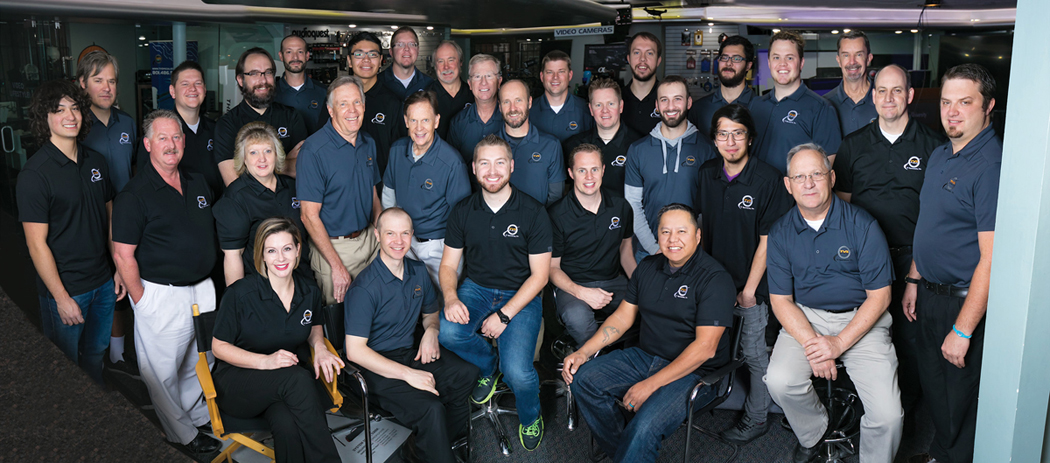Digital Cinematography
XAVC – Sony’s New 4K Codec
As 4K technology becomes more available on the market, manufacturers needed to come up with a way to bring down the size of data that 4K can bring along with it. As more cameras and flat panel LCD’s come out being able to do 4K resolution Sony decided to develop a new codec to make the workflow and ability to process 4K information easier to handle. In October of 2012, Sony introduced there new XAVC codec that is being incorporated into there current line of Digital Cinema cameras.
Sony’s XAVC format uses MPEG-4 AVC/H.264 level 5.2 which is the highest level for H.264. It enables the highest decoding speed and highest picture resolution based on industry standards. XAVC enables a wide range of possibilities such as proxy to 4K pixel resolutions, intra frame and long GOP schemes, and 1080 50P/60P infrastructure capability. Sony has come out with a whole line of 4K capable cameras that utilize XAVC which makes it so your compression rates aren’t so high and difficult to work with: see figure below:

There are two flavors of the XAVC codec. XAVC is for the professional series and is wrapped in an MXF wrapper and XAVC-S for the FDR-AX1 which is a 4K consumer camera that has an MP4 wrapper on the footage. XAVC-S records natively at 4:2:0 which is in the consumer AX1, while the professional version the PXWZ100 is 4:2:2. The FDR-AX1 starts at a price point of $4,499.00 and the PXWZ100 starts at $5,499.99. Both cameras record to a new type of memory as well known as XQD memory which can record the XAVC codec at the higher but rates. There is also two different types on the memory, one for the consumer version and one for the professional version.
The main purpose for utilizing the XAVC format is to develop tools that can economically handle High-Frame-Rate (HFR) HD and 4K formats. Sony currently uses the XAVC codec in 3 of there professional cinema cameras: PMWF55, PMWF5, PXWZ100. It is often the case that newly developed codec’s are more efficient than previous versions, while that is true as far as maintaining the image quality with less image data, it can take a more powerful computer to process that data. A majority of the broadcast industry is operating on the MPEG2 HD Long GOP format (50Mbps or 35Mbps) for HDTV due to its small file size. The amount of processing power required to decode a certain compressed bit-stream is critical when multiple files are simultaneously used in an edit session. The figures below shows software decode speed or how many Frames-per-Second it can decode:

So with the XAVC codec and now the availability of more 4K cameras coming out we should be able to do 4K production at a cheaper price point and with a workflow that is easier to work with and more computers will be able to handle. Below is attached a chart showing what wrappers the two different version’s of XAVC will do:

4:2:2 4:2:0



